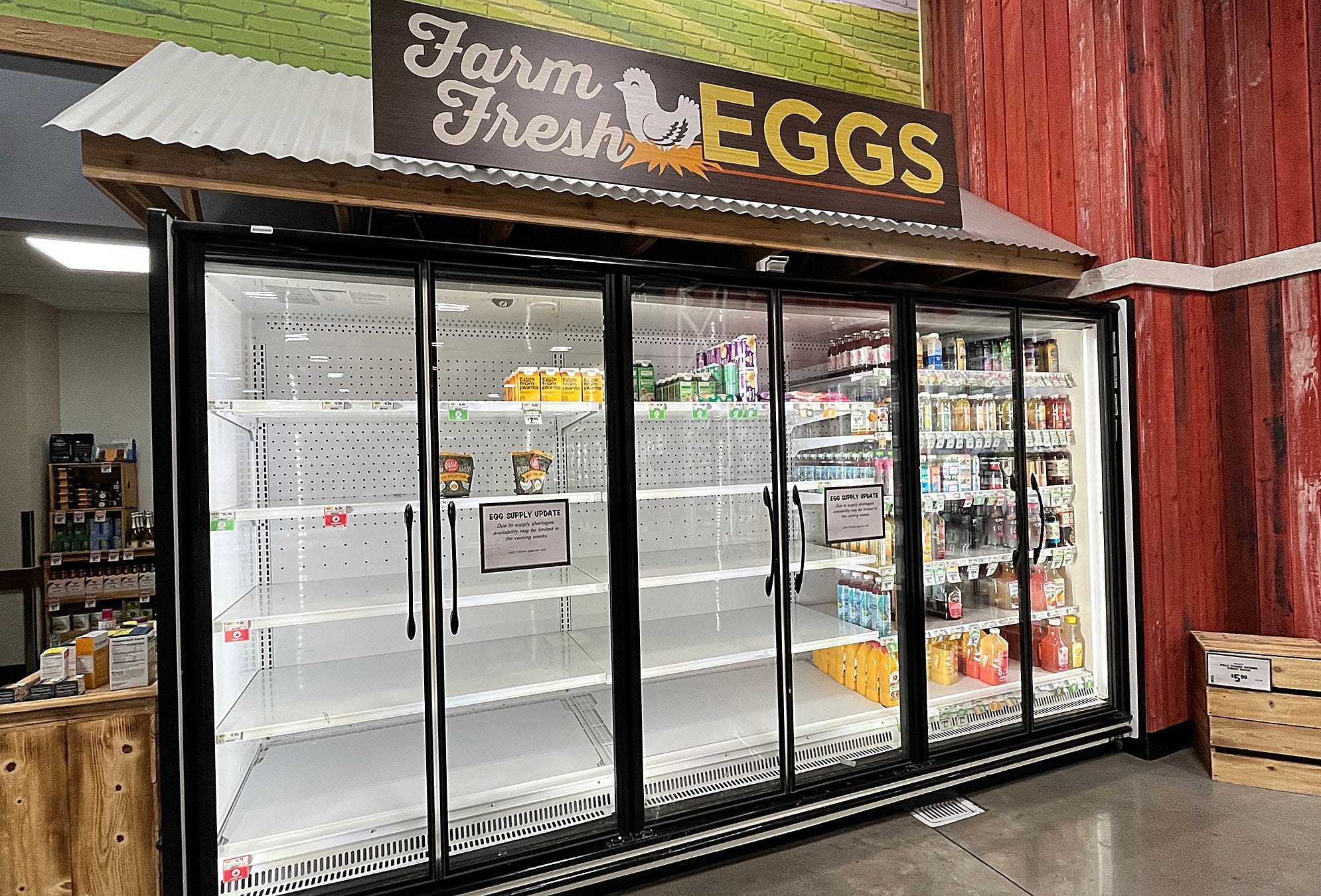
Egg Crisis: The Next Toilet Paper Panic?
Introduction
Amidst rising egg prices and shortages, consumers are scrambling to fill their refrigerators, reminiscent of the toilet paper panic during the COVID-19 pandemic. Social media platforms are flooded with reports of empty shelves and purchase limits, as shoppers worry about egg scarcity.
Causes of the Egg Crisis
Avian Flu Outbreak:
The primary culprit behind the egg crisis is a highly pathogenic strain of bird flu (H5N1), which has ravaged poultry flocks across the US and globally. The virus has killed millions of egg-laying hens, decimating the egg supply chain.
Rising Costs of Production:
Soaring feed and energy costs have further strained the egg industry, making it more expensive for farmers to raise and maintain their hens.
Demand and Supply Imbalance:
The combination of avian flu and increased production costs has created a severe supply imbalance. Egg production has plummeted, while consumer demand remains high, leading to shortages and price hikes.
Panicked Shoppers and Stockpiling
Similar to the toilet paper panic during the pandemic, consumer fears of further price increases and supply disruptions are driving a wave of stockpiling. This behavior exacerbates the shortage by creating a self-fulfilling cycle of increased demand and reduced availability.
Confusion Over Tariffs:
Some consumers conflate egg price increases with proposed tariffs on imported goods. While tariffs could potentially impact egg prices in the future, they are not the primary driver of the current crisis.
Government Response
USDA Market Intervention:
The US Department of Agriculture (USDA) has taken steps to address the egg crisis by releasing frozen egg product reserves and providing financial assistance to egg producers.
FDA Guidance on Egg Handling:
The Food and Drug Administration (FDA) has issued guidelines to protect against avian flu infection from raw eggs, recommending proper handling and cooking practices.
Industry Experts on the Situation
Neil Saunders, GlobalData:
"Talk about shortages and constantly increasing prices is nudging people to stock up, creating a vicious cycle of higher demand at a time when supply is already under pressure."
Emily Metz, American Egg Board:
"Eggs are important to Americans, and we know people are frustrated. While the egg supply is strained, people can rest assured that eggs are still coming."
When Will the Crisis End?
Expert Predictions:
According to the USDA, it will take sustained periods with no additional avian flu detections on egg farms to stabilize supply.
Impact on Egg Prices:
The Food Price Outlook predicts that egg prices will remain elevated in 2025, due to continued bird flu outbreaks and the time required to replenish hen stocks.
Mitigation Strategies
Limit Egg Consumption:
Consumers are encouraged to reduce egg consumption or find alternative protein sources to help alleviate pressure on the supply chain.
Avoid Stockpiling:
Panic buying only worsens the shortage. Purchase eggs only as needed and avoid hoarding excessive amounts.
Support Local Farmers:
Buying eggs from local farmers can help bypass supply chain disruptions and support small businesses.
Conclusion
The egg crisis is a complex issue with multiple contributing factors. Avian flu, rising production costs, and consumer stockpiling have created a perfect storm of supply shortages and price increases. While the government and industry are working to address the situation, it is likely to take some time for the egg market to stabilize. Consumers can mitigate the impact by limiting consumption, avoiding stockpiling, and supporting local farmers.
